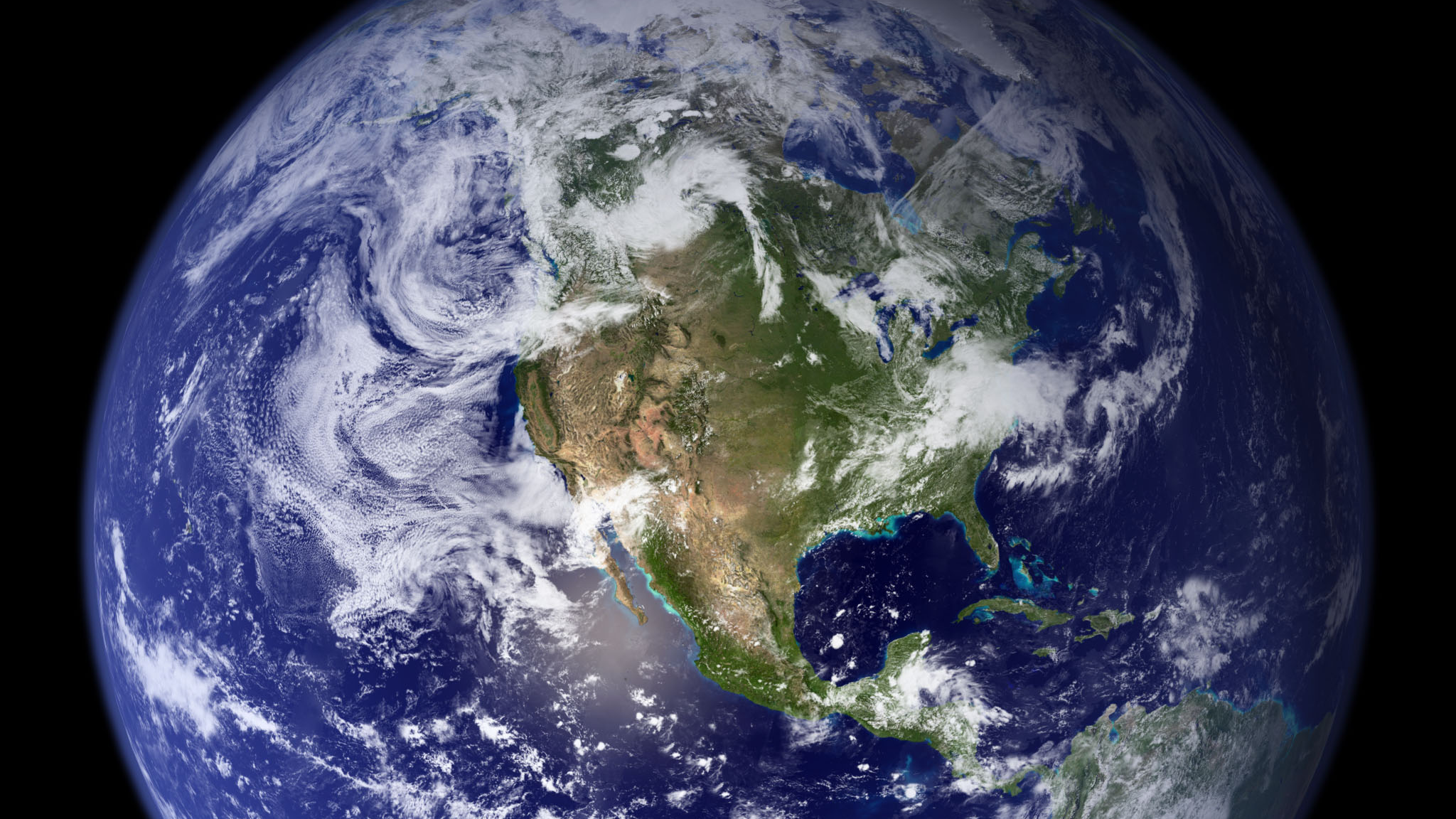Geodesign #5: We have identified eight key defining moments as an introduction to this emerging design movement—from astronauts to stewards of the Earth.
The image has become more important than ever in today’s digital society. A single picture can be truly life-altering as it captures an ephemeral moment. On a few rare occasions, it may not just capture an important moment in one's life but change the entire world. The epic pictures of the whole Earth ‘the Blue Marble’ taken by Apollo 17, 18000 miles away from the earth's surface. More than a picture of our planet, it is a unique reflection of our species on this earth like no other. It changed the way we look at, see and interact with the globe as we know it. It sparked an avalanche of new revelation of our human-earth relation and consequently, the way we imagine and design our geo today.
The overview effect
When the Earthlings commander Frank Borman, navigator Jim Lovell, and rookie Bill Anders first set out on earth, the mission was to orbit the moon and return. Taking a camera was considered a distraction from the actual mission. Yet, when the Earth’s entirety leaped from the darkness of space 18000 miles above ground the astronauts captured one of the single most impactful pictures in the world.
There are no cities, countries or people. A truly ‘awe-inspiring’ experience according to the astronauts.
There are no cities, countries or people. A truly "awe-inspiring" experience according to the astronauts. For a long time, astronauts were the only ones to experience the impact of the infamous overview effect. But the picture of the Earth Rise and the Blue Marble presented this effect as a Christmas gift to humanity.
What had long been the essence of most science fiction had become a reality. We had travelled to space with which we acquired a god like view on Earth. Although we had already captured the globe in raw numbers, for the first time, we were able to see the world in its entirety. The capture that was enabled through our technological advancements, was echoing our presence throughout space. We were suddenly not small anymore; nor separated into groups. Suddenly, problems and opportunities were not regional anymore but global. Each of us became a citizen of a globe, a part of the earthly spaceship orbiting in space. Robert Poole, a British historian, wrote in the book “Earthrise: How Man First Saw the Earth,” that the picture “marked the tipping point, the moment when the sense of the space age flipped from what it meant for space to what it means for Earth.” What had been laid out as a space mission to study the universe had turned into rediscovery about our home: planet earth.
Stewards of spaceship Earth
Following the picture of the Blue Marble, a global cognitive awareness shift took place. One that is accredited with launching the environmental movement.
The world suddenly seemed “tiny, vulnerable, and incredibly lonely, fragile [yet] whole” described Gregory A. Petsko, a biochemist at Weill Cornell Medical College, who wrote about The Blue Marble in an essay in 2011. Suddenly, our human impact was a global concern. Our activities and advancements had reached every part of the globe - land, water and climate. Yet, it was our only home which we were a part of. We are the stewards of a small blue dot in a vast cosmic theatre.
We are the stewards of a small blue dot in a vast cosmic theatre.
Along with our new won awareness of our impact, travelling to space enabled a new form of innovative thinking - thinking outside the box (or, sphere to be exact). When you are in a room, your world revolves around the walls. When you are outside, your world revolves around what your eye can see. When you're in a spacecraft, it is holistic, free of constraints, imaginative, and hopeful. Through space we were able to imagine large scale solutions.
We can see the Earth system as a whole, one that we can design.
We can see the Earth system as a whole, one that we can design. We can see the greenhouse landscapes of Spain as well as the spider web of cities from space, why can we not create planetary solutions to our Earthly problems?
In the midst of technological advancements of the 20th century, the picture of the Blue Marble itself has provided us a visualization of our changing impact as humans on Earth, along with a new mindset and awareness. This granted us an upgrade from regional and local beings, to the status of Earthlings. The stewards of this Earth on a planetary scale.

Share your thoughts and join the technology debate!
Be the first to comment